A capacitor stops DC (Direct Current) but allows AC (Alternating Current) to flow. This happens because of how it stores energy. When DC voltage hits a capacitor, it fills up with charge and then acts like a broken circuit, blocking more DC. But AC keeps flipping its direction. This makes the capacitor charge and release in sync, letting the current pass.
This trait is super useful in circuits. You can split or join signals as needed. For example, in audio or radio setups, capacitors keep AC signals away from pesky DC bias.
Blocking DC with a capacitor keeps only the right signal parts reaching touchy circuit spots. If DC sneaks through, it can mess up signal shapes or shift their base level. This might hurt how things work or even break parts like amplifiers or converters.
By cutting out DC offsets, capacitors keep signals clean and stop overload in active parts. This is key in top-notch audio gear or precise tools where clear signals matter a ton.
You'll find DC-blocking capacitors in audio amplifier inputs. They stop stray DC from earlier devices from messing with the amplifier. In RF systems, they keep antenna signals separate from power lines. In sensor setups, they filter out bias voltages so only clean signals hit data systems.
These cases show how vital the capacitor block DC job is in gadgets, from home tech to factory controls.
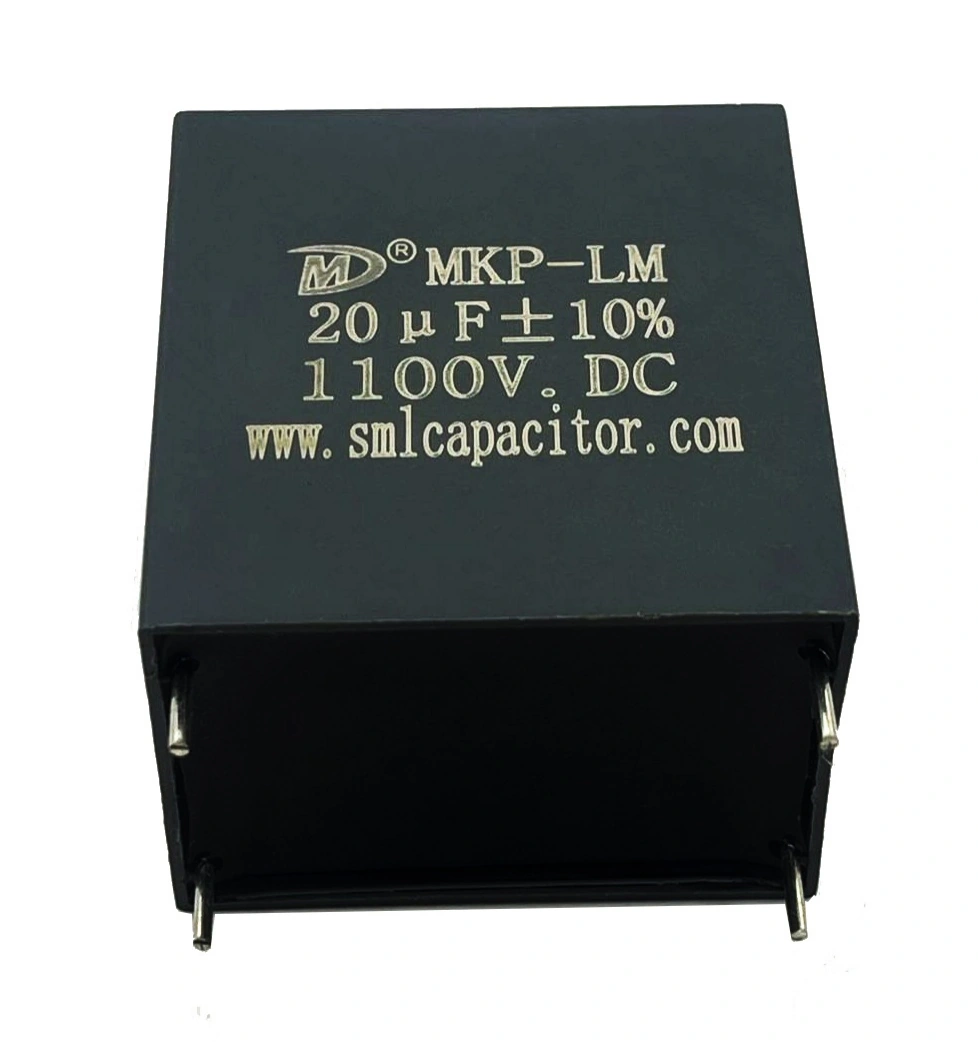
In power systems, capacitors that block DC are great for decoupling. They keep circuit parts separate by stopping unwanted DC paths. At the same time, they let noisy high-frequency signals, like those from switching regulators or digital chips, get shunted away from delicate analog bits.
This cuts down on voltage jumps and interference (EMI). It leads to steadier power and smoother system performance.
Blocking capacitors help keep the voltage even across parts. They do this by isolating local power zones. This stops swings from changing loads from spreading everywhere.
Think of these capacitors as tiny energy buckets. They handle quick needs without letting DC shifts bother nearby parts.
In battery-powered gear like phones or IoT sensors, capacitor block DC jobs are huge for smart power use. They keep parts like RF modules or microcontrollers separate while letting fast AC signals through.
This stretches battery life and keeps things steady, even with loads that change a lot in mobile setups.
In radios or transceivers, capacitors that block DC are a must. They keep high-frequency RF signals away from steady or low-frequency power sources. This stops bad feedback loops and helps match impedance between circuit steps.
Without this split, RF signals could weaken due to reflections or stray currents on shared power lines.
DC-blocking capacitors keep radio signal paths clean. They remove any extra DC that could twist waveforms or mess with phase timing. These problems hit hard at microwave frequencies, where exactness is everything.
This boosts signal clarity and cuts errors in communication gear.
In antenna matching networks, blocking capacitors tune impedance without letting bias voltages mess with antenna work. In modulators, they tie carrier waves to baseband signals while keeping their bias voltages apart.
These examples prove how key "capacitor block DC" is for solid RF system performance.
Sensors often give tiny analog signals mixed with a bias voltage for their inner circuits. Capacitors at the output block this bias but let the useful AC signal through. This makes for clean links to amplifiers or ADCs.
This easy fix gives accurate measurements without needing fancy active filters.
ADCs need signals in specific voltage ranges to work best. A capacitor blocking DC offsets before conversion helps keep signals in this range. It improves accuracy and avoids voltage overloads.
This trick boosts performance, especially for low-level sensor signals that drift or have errors.
In factory automation, lots of sensors feed data to central systems. Blocking capacitors keep each sensor's output separate from the others' biases. This stops interference and keeps things reliable in tough electrical settings like factories.
IoT devices also use small capacitors to clear up signals without adding size or cost. This makes them great for compact designs needing strong data collection.
SMILER builds top-notch capacitor solutions for jobs needing strong DC blocking and lasting reliability.
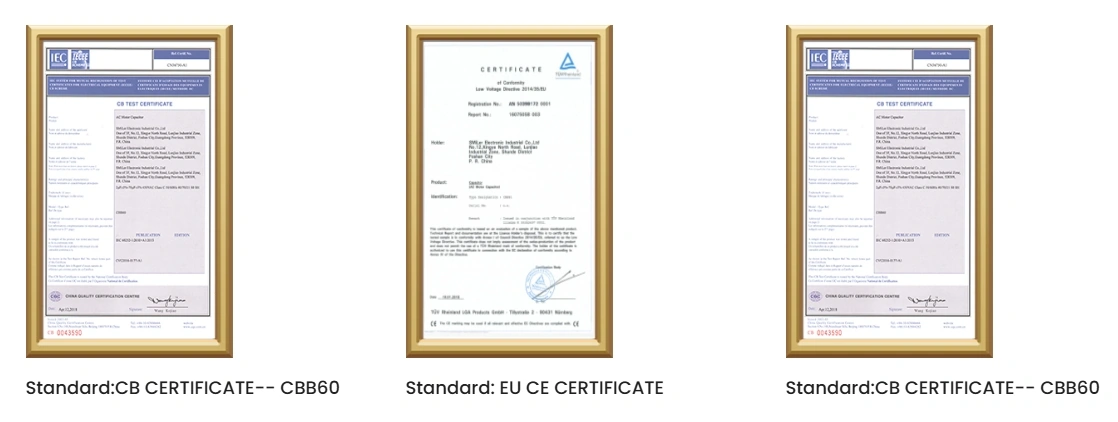
State-of-the-art automated facilities ensure efficiency, precision, and consistency, optimizing production workflows and upholding stringent quality control standards. Ensure that the qualified rate of finished products is controlled above 99.93% on the basis of the daily production capacity of 300,000 products.
Voltage Range 600Vdc ~ 4000Vdc; Capacitance Range 24μF ~ 5600μF; Capacitance Tolerance ±5%(J), ±10%(K) — these broad specs let engineers design freely for fields like renewable energy or transport electronics.
Low ESR, high ripple current handling capabilities make SMILER's capacitors great for filtering where cutting losses matters, like in motor drivers or solar converters.
Operating Temperature Range D≤116mm: -40˚C;~ 85˚C; Storage temperature range -40˚C: ~ 85˚C: — these ratings keep them tough in rough conditions, like wind turbines or EV charging stations.
Used in inverters of wind power and solar power, transportation, like EV or HEV, Welders, Elevators, Motor Driver systems — these cases show how SMILER’s capacitors keep tough projects running smoothly where "capacitor block dc" is a must.
A: It means the capacitor stops direct current (DC) from flowing while letting alternating current (AC) through. This happens because its charge storage makes an open circuit for steady DC.
A: Pick non-polarized capacitors with the right capacitance for your signal's frequency. Low ESR types are better for high-frequency circuits used in signal processing.
A: SMILER offers trusty film capacitors built for DC blocking with low ESR, perfect for industrial uses like EVs and renewable energy systems.
A: Yes, projects like sensor setups, RF communication, audio amplifiers, and battery-powered gear need DC-blocking capacitors to keep signals clear and avoid damage.
A: SMILER shines with automated production for a 99.93% quality rate, wide voltage/capacitance ranges (600Vdc–4000Vdc; 24μF–5600μF), low ESR, self-healing, long life, and success in EVs and renewable energy.
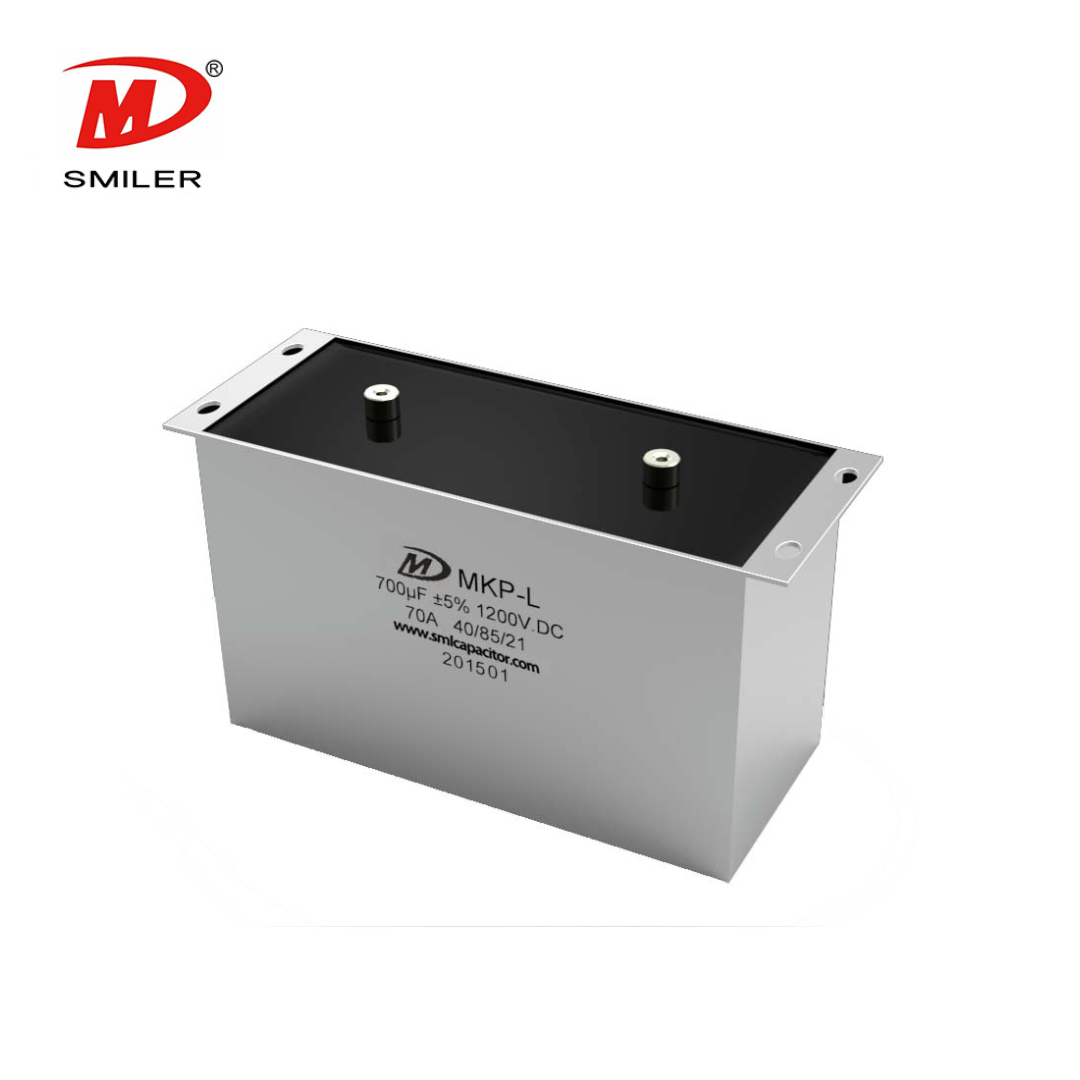
Exploring the Role of DC Link Capacitor Use in EV Power Systems
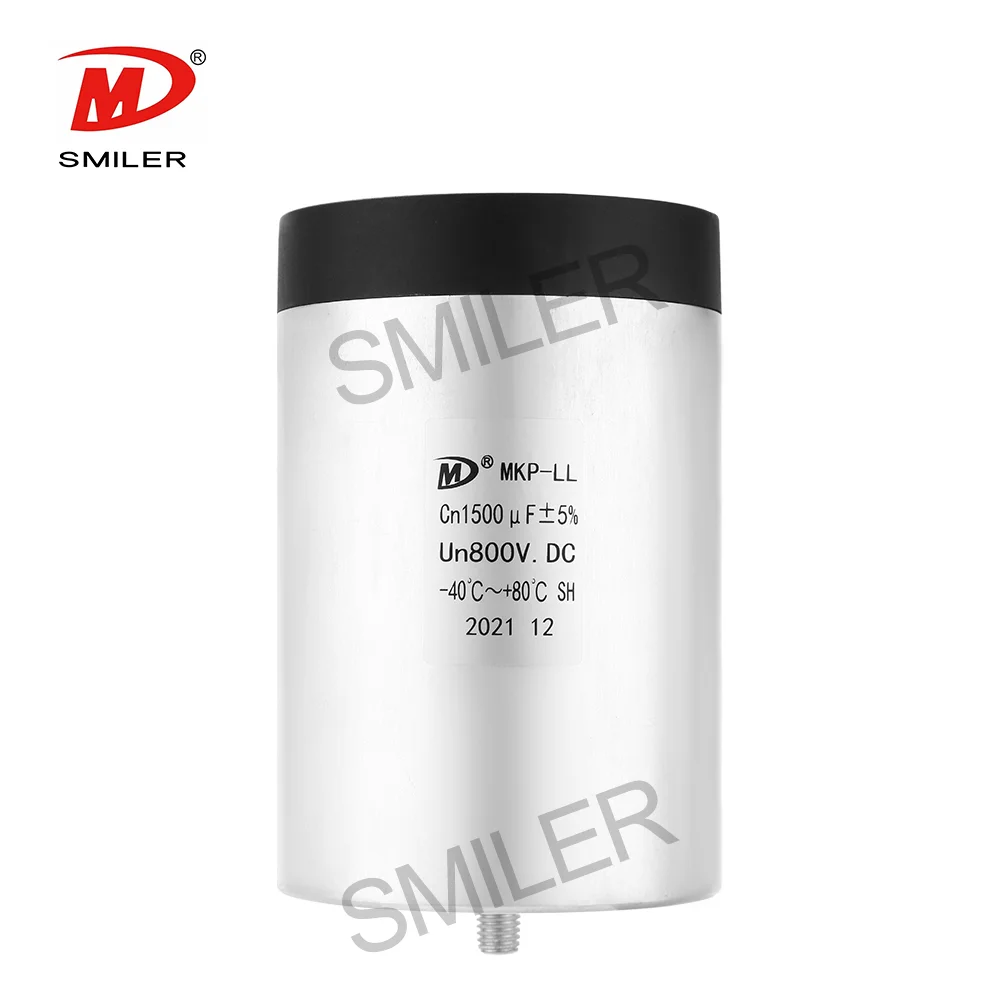
Understanding Why Capacitors Pass AC but Block DC in Circuits

RC vs. RCD Snubber: Key Differences and Applications Explained
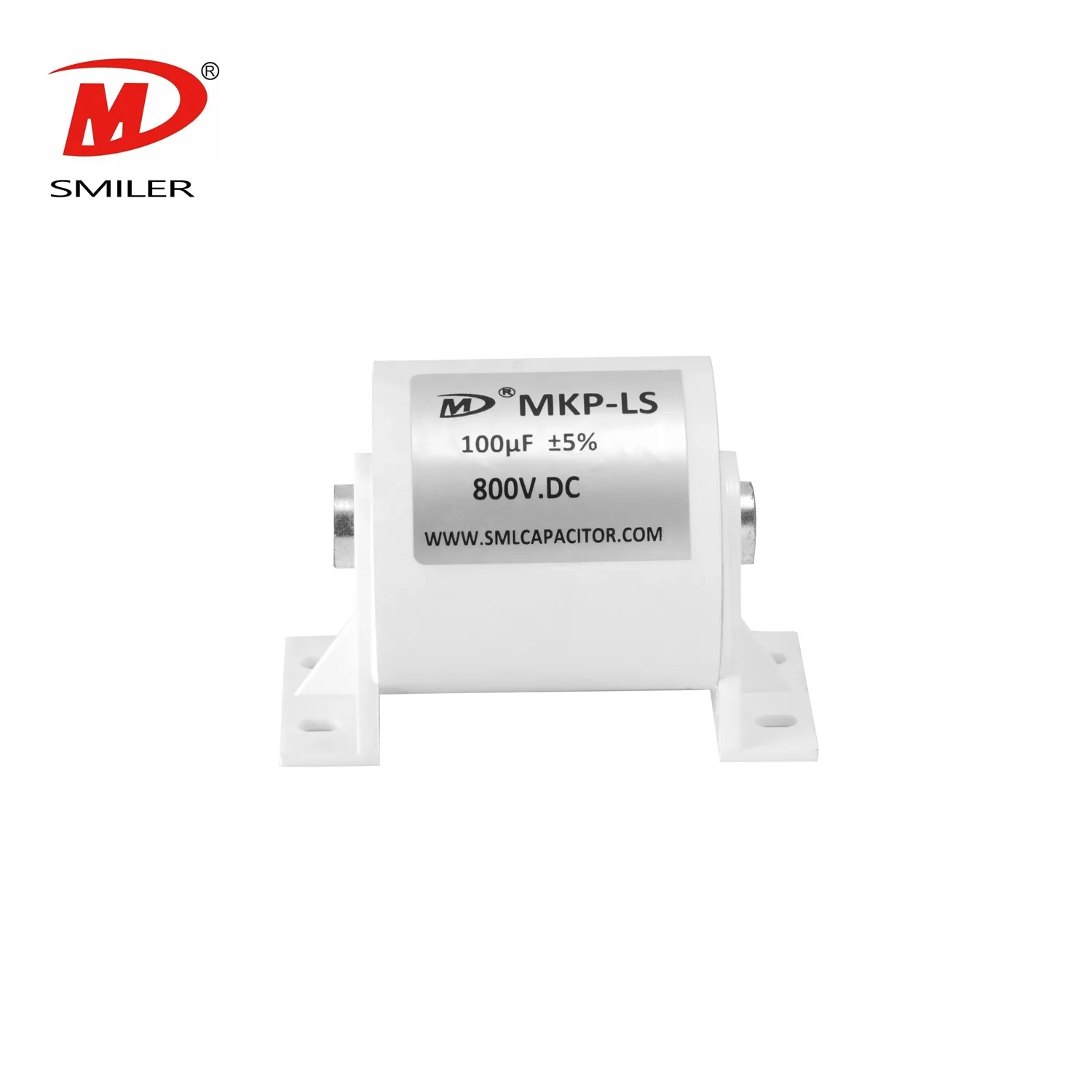
What Drives AC Capacitor Cost? A Comparison with DC Capacitors
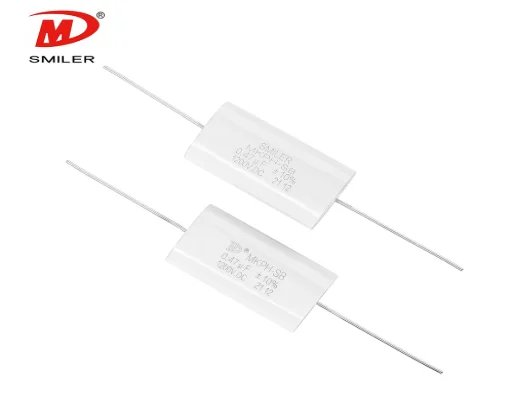
Snubbing Capacitors in Power Electronics: RC vs. RCD Snubber